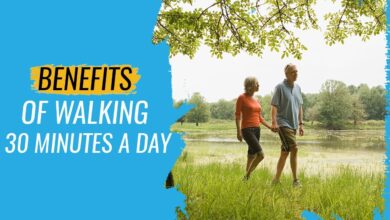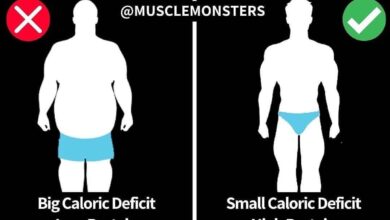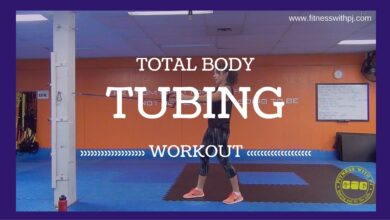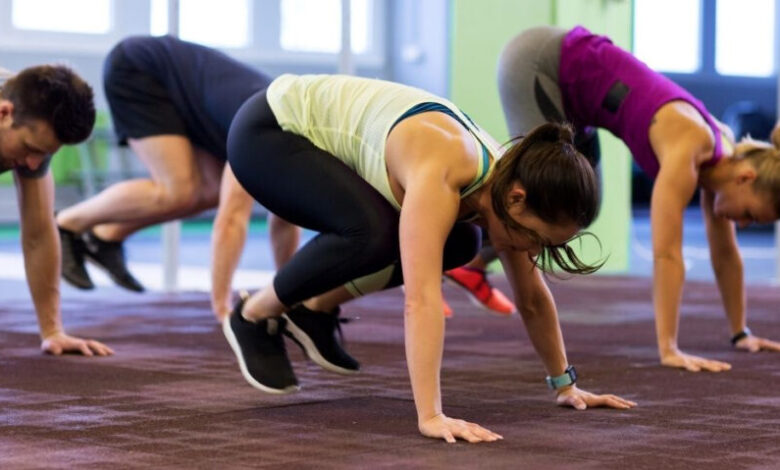
Why This Squat Is The Core Move You Never Knew You Needed
Why This Squat Is The Core Move You Never Knew You Needed? It’s not just about building those sculpted glutes; the squat is a powerhouse of a move that strengthens your entire core, from your deep abdominal muscles to your back.
This seemingly simple exercise is a game-changer for your overall fitness, stability, and even everyday life.
Think of the squat as the foundation of a strong body. It works wonders for your core, which acts as your body’s natural corset, providing stability and control for all your movements. The squat engages multiple muscle groups, from your legs and glutes to your core, helping you build a balanced physique.
And the best part? It’s adaptable for any fitness level, making it a perfect exercise for everyone.
The Power of the Squat
The squat is often hailed as the king of exercises, and for good reason. It’s a fundamental movement that mimics a natural human motion, and it engages a wide range of muscle groups, making it incredibly effective for building strength, power, and overall fitness.
Muscles Engaged During a Squat
The squat is a compound exercise, meaning it works multiple muscle groups simultaneously. This makes it a highly efficient movement for maximizing muscle activation and promoting overall strength development. The primary muscle groups involved in a squat include:
- Quadriceps:These muscles are located on the front of your thighs and are responsible for extending your knee. They play a crucial role in driving the upward phase of the squat.
- Glutes:Your glutes, located at the back of your hips, are the largest muscles in your body. They are responsible for hip extension and contribute significantly to the power and stability of the squat.
- Hamstrings:These muscles run along the back of your thighs and help to extend your hip and flex your knee. They act as a counterbalance to the quadriceps during the squat.
- Calves:Your calf muscles are responsible for plantarflexion, which is the movement of pointing your toes downwards. They help to stabilize your ankles and contribute to the overall power of the squat.
- Core:Your core muscles, including your abs, obliques, and lower back, are essential for maintaining stability and balance during the squat. They work to keep your spine neutral and prevent injury.
Benefits of Squats
Incorporating squats into your regular exercise routine offers a wide range of benefits, including:
- Increased Strength and Power:Squats are a compound exercise that engages multiple muscle groups, making them highly effective for building overall strength and power. This can translate to improved performance in other activities, such as running, jumping, and lifting heavy objects.
- Improved Core Strength and Stability:Squats require your core muscles to work hard to maintain balance and stability. This can lead to a stronger core, which is essential for good posture, injury prevention, and overall functional fitness.
- Enhanced Functional Movement:Squats mimic a natural movement pattern that is used in everyday activities, such as sitting down, getting up from a chair, and lifting objects. By strengthening the muscles involved in squatting, you can improve your ability to perform these movements with greater ease and efficiency.
You might think squats are just for building leg muscles, but they’re actually a foundational movement that strengthens your entire core. It’s not just about aesthetics, it’s about building a solid foundation for everyday activities, and even enhancing your performance in other exercises.
Think about it, even something as simple as walking requires core strength! If you’re looking for more reasons to get moving, check out 7 reasons need walk 2 , a great resource for understanding the benefits of walking.
So, the next time you’re feeling like you need a good core workout, remember that squats are a game-changer. You’ll be surprised how much stronger and more stable you feel.
- Increased Bone Density:Squats are a weight-bearing exercise that can help to increase bone density, reducing the risk of osteoporosis and fractures.
- Improved Metabolism:Squats can help to increase your metabolism, which can aid in weight management and fat loss. This is because they engage a large amount of muscle mass, requiring your body to burn more calories.
Proper Squat Form
It is crucial to maintain proper form when performing squats to maximize their benefits and minimize the risk of injury. Here are some key points to keep in mind:
- Feet shoulder-width apart:Stand with your feet slightly wider than shoulder-width apart, toes pointing slightly outwards.
- Back straight:Keep your back straight throughout the movement, engaging your core muscles to maintain a neutral spine.
- Lower hips below knees:Descend until your thighs are parallel to the floor, or lower if you have the flexibility. Ensure your knees stay in line with your toes.
- Push through heels:Drive through your heels as you stand back up, keeping your core engaged and maintaining a straight back.
- Control the movement:Avoid bouncing or jerking movements. Control the descent and ascent of the squat with a smooth, controlled motion.
Squat Variations
There are many variations of the squat, each targeting specific muscle groups or providing different levels of challenge. Some common variations include:
- Goblet Squat:This variation involves holding a weight in front of your chest, which helps to engage your core and improve posture.
- Front Squat:This variation involves holding a weight across your upper back, which emphasizes the quadriceps and core.
- Overhead Squat:This variation involves holding a weight overhead, which requires significant core strength and stability.
- Bulgarian Split Squat:This variation involves placing one foot on a bench or elevated surface, which targets the quads and glutes more intensely.
- Pistol Squat:This variation involves squatting on one leg, which is a challenging exercise that requires significant balance and strength.
The Squat’s Core Connection
The squat is more than just a lower body exercise; it’s a full-body movement that deeply engages your core muscles. This engagement isn’t just for show; it’s essential for maintaining proper form, stability, and overall effectiveness of the exercise.The core is the foundation of your body, encompassing the muscles that support your spine and pelvis.
You might think squats are just for building leg muscles, but they’re actually a powerhouse move for your entire body. They engage your core, improve your balance, and even boost your metabolism, making them a key component of any weight loss journey.
If you’re struggling to reach your goals, check out these 6 common weight loss challenges solve that could be holding you back. Once you’ve tackled those hurdles, you’ll be ready to take your squats to the next level and reap the rewards of this amazing exercise.
It’s crucial for transferring power from your lower body to your upper body and for maintaining balance during movement. The squat, with its demand for controlled movement and stability, places a significant emphasis on the core.
Core Muscle Engagement in the Squat
The core muscles play a vital role in maintaining proper form and stability during a squat. Let’s explore how each muscle group contributes:
- Transverse Abdominis:This deep muscle acts like a corset, wrapping around your abdomen and providing internal support. It helps stabilize your spine and prevent excessive lumbar extension (arching of the back) during the squat. Imagine drawing your belly button towards your spine; this action activates the transverse abdominis.
- Obliques:These muscles run diagonally along the sides of your abdomen, connecting your ribs to your pelvis. They contribute to rotational stability, preventing twisting during the squat. Strong obliques help maintain a neutral spine and prevent the hips from drifting inwards.
Forget crunches and planks, this squat is the real deal. It fires up your entire core, building strength from your glutes to your obliques. It’s not just about the muscles, though; it’s about connecting with your breath and finding that deep, internal stability.
It’s a practice that goes beyond the physical, and that’s something I explore in my recent blog post, on my mat inside the mind of a yoga teacher. So, next time you’re looking for a core workout that truly engages your whole being, give this squat a try.
You might just be surprised by the results.
- Rectus Abdominis:This muscle runs vertically down the front of your abdomen, connecting your ribs to your pelvis. It helps flex your spine and maintain a strong posture during the squat. A strong rectus abdominis helps prevent you from leaning forward excessively.
The Core’s Role in Squat Stability
The core’s role in maintaining stability during the squat is critical. When you squat, your body undergoes a significant shift in weight distribution. Without a strong core, you’re more likely to lose balance, experience pain, or even injure yourself. Here’s how the core contributes to squat stability:
- Stabilizes the Spine:A strong core helps prevent your spine from flexing or extending excessively during the squat, ensuring proper alignment. This is crucial for preventing lower back pain and injury.
- Controls Pelvic Movement:The core muscles help control the movement of your pelvis, preventing it from tilting forward or backward. This ensures proper hip joint mechanics and efficient power transfer from your legs.
- Maintains Balance:By stabilizing your torso and preventing excessive movement, the core muscles help you maintain balance throughout the squat. This is particularly important as you descend and ascend, when your center of gravity shifts.
Core Engagement in the Squat vs. Other Exercises
While many exercises engage the core to some degree, the squat stands out for its unique benefits:
- Full-Body Engagement:The squat requires a coordinated effort from your entire body, including your core, legs, and glutes. This makes it a highly effective exercise for building overall strength and stability.
- Functional Movement:The squat mimics everyday movements like picking up objects or sitting down. This functional nature translates to improved real-life strength and mobility.
- Enhanced Core Strength:The squat’s emphasis on core engagement leads to significant improvements in core strength and stability. This benefits not only your squat performance but also other activities that require a strong core, such as running, swimming, and even everyday tasks.
Mastering the Squat Technique: Why This Squat Is The Core Move You Never Knew You Needed
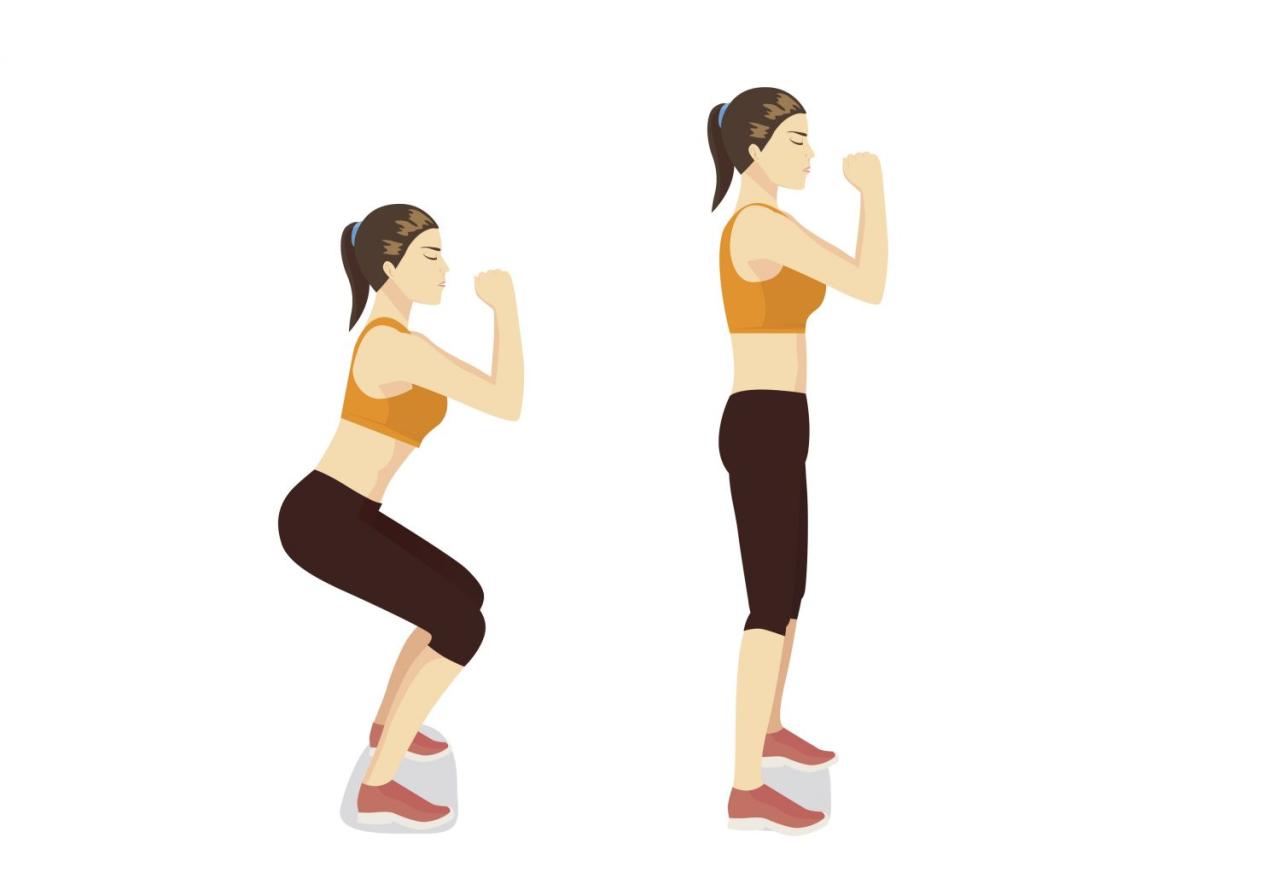
The squat, a fundamental movement pattern, is a cornerstone of a well-rounded fitness routine. While the concept seems simple, mastering the squat technique is crucial for maximizing its benefits and preventing injuries. This involves understanding the proper form, alignment, and breathing techniques.
Understanding Proper Squat Form
Proper squat form involves a specific sequence of movements that engage the correct muscles and minimize stress on joints.
- Stance:Stand with feet shoulder-width apart, toes slightly outward.
- Initiation:Begin by pushing your hips back as if you’re sitting down on a chair.
- Descent:Lower your body until your thighs are parallel to the floor, keeping your back straight and core engaged.
- Ascent:Drive through your heels to return to the starting position.
Maintaining Proper Alignment
Maintaining proper alignment throughout the squat is critical for preventing injuries and maximizing muscle activation.
- Back:Keep your back straight and engaged, avoiding rounding or arching.
- Knees:Track your knees over your toes, preventing them from caving inward or outward.
- Core:Engage your core muscles throughout the movement, providing stability and support.
Breathing Techniques
Proper breathing plays a vital role in supporting the squat and enhancing performance.
- Inhale:Inhale deeply as you descend into the squat, expanding your chest and abdomen.
- Exhale:Exhale forcefully as you ascend back to the starting position.
Common Squat Mistakes and Solutions
Understanding common squat mistakes and implementing solutions can significantly improve your technique and minimize injury risk.
- Rounding the Back:This puts excessive stress on the spine.
Solution: Engage your core muscles and keep your back straight throughout the movement.
- Knees Caving Inward:This can lead to knee pain and instability.
Solution: Focus on keeping your knees aligned with your toes, and activate your glutes to prevent inward movement.
- Heels Lifting Off the Ground:This indicates insufficient ankle mobility or tight calves.
Solution: Practice ankle mobility exercises and consider wearing shoes with a slight heel.
Visual Representation of Squat Form
| Correct Form | Common Errors |
|---|---|
:max_bytes(150000):strip_icc():format(webp)/squat-form-56a469025f9b58b7d0b7668c.jpg) |
:max_bytes(150000):strip_icc():format(webp)/squat-form-56a469025f9b58b7d0b7668c.jpg) |
Squats for Everyone
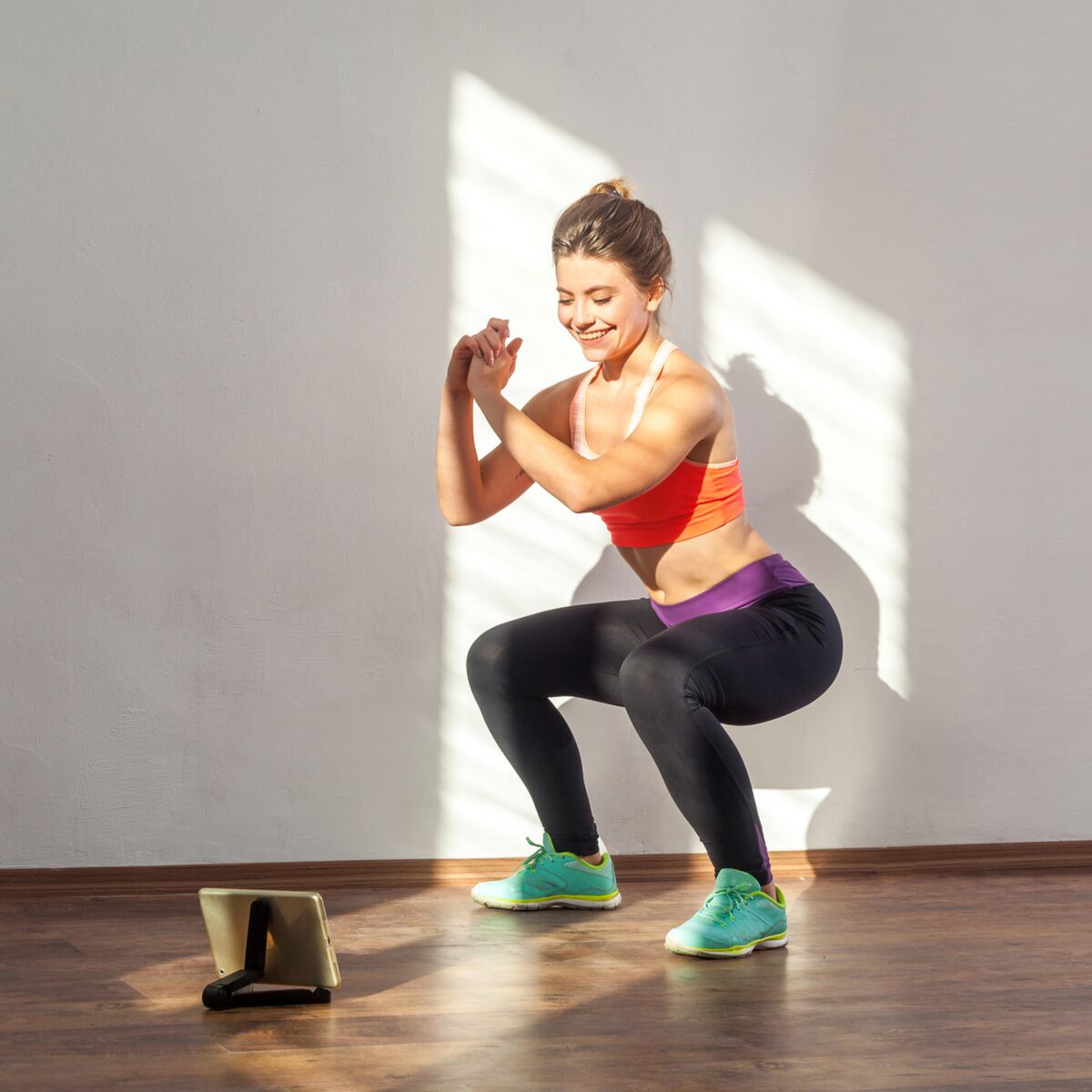
Squats are a foundational exercise that can be adapted to suit all fitness levels, from beginners to seasoned athletes. Regardless of your experience, there’s a squat variation that can help you build strength, improve mobility, and enhance your overall fitness.
Squat Variations for Different Fitness Levels, Why this squat is the core move you never knew you needed
Squats can be modified to cater to different fitness levels and individual needs. Here’s a breakdown of various squat variations and their benefits:
| Squat Variation | Benefits | Challenges |
|---|---|---|
| Bodyweight Squat |
|
|
| Goblet Squat |
|
|
| Barbell Squat |
|
|
Final Wrap-Up
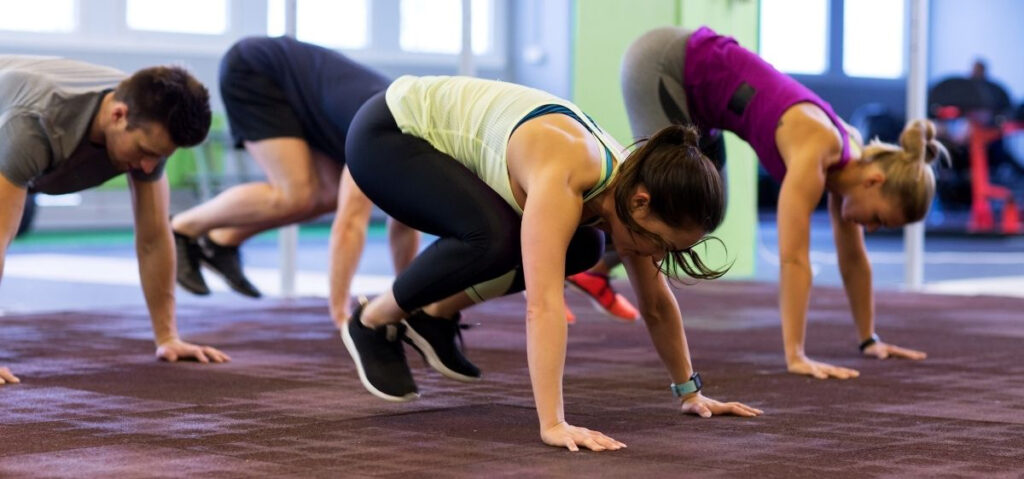
So, next time you’re looking to strengthen your core and boost your overall fitness, don’t overlook the squat. This powerful move is more than just a leg exercise – it’s a key to unlocking a stronger, more functional you.
From improved posture and reduced risk of injury to enhanced athletic performance and a more sculpted physique, the benefits of incorporating squats into your routine are endless. Get ready to experience the power of the squat and unlock a whole new level of strength and stability.

